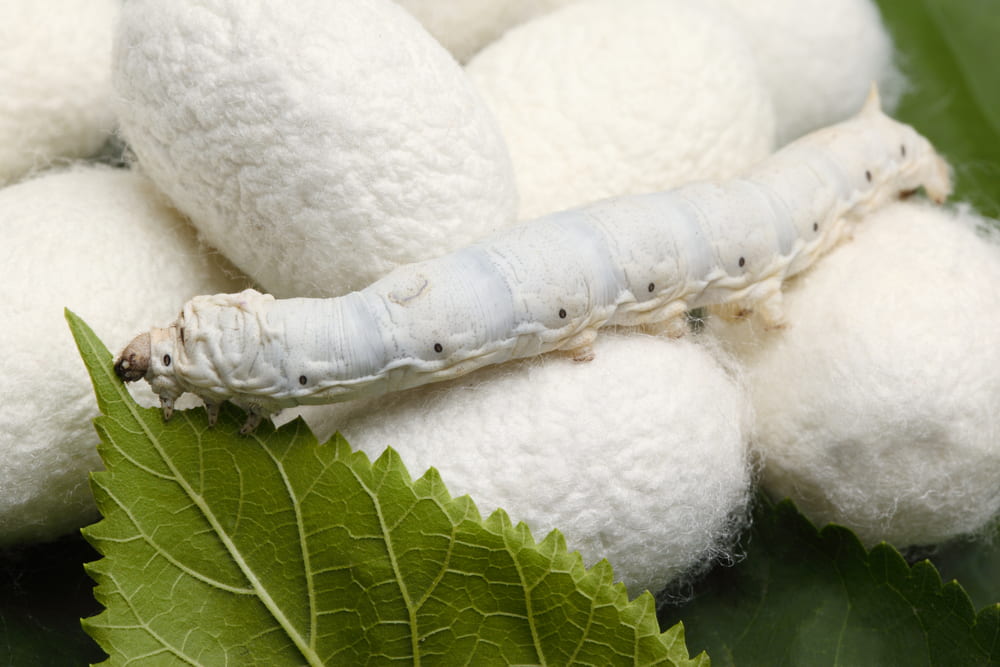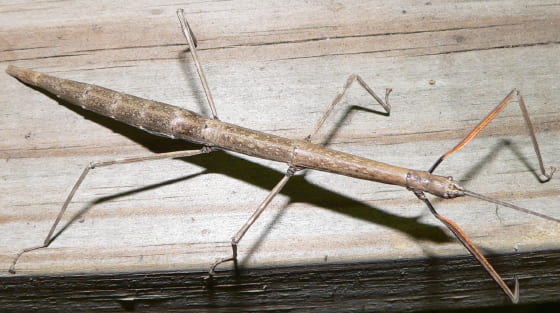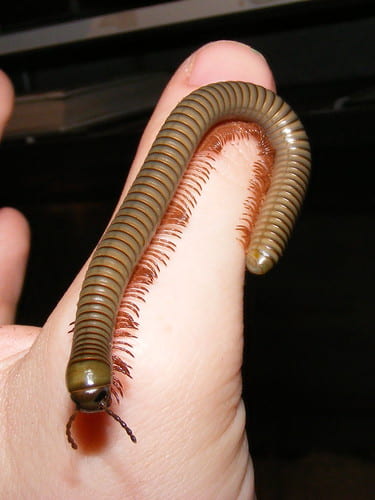By: Meghan Thoreau, OSU Extension Educator, Community Development & STEM, Pickaway County
Entomology is the study of insects. More than one million different species of insect have been identified to date. Insects are the most abundant group of animals in the world and live in almost every habitat. Entomology is essential to our understanding of human disease, agriculture, evolution, ecology, and biodiversity.
Entomology is an ancient science, dating back to the establishment of biology as a formal field of study by Aristotle (384-322 BC). There are even earlier references to the use of insects in daily life: such as the growing of silkworms that began 4700 BC in China, which was an important part of peasant life in China, as early as 4000 BC. More than a hundred years ago, entomologists formed a society, the Entomological Society of America (ESA), to promote the science and study of entomology in the United States. (i)
On our second day, Future Entomologist, we explored our previous bug topics a bit deeper and also focused on the diverse career pathways open to Entomologists. We also focused on the chemistry behind some insects (such as color change, odor, etc.,) and some interactive bug challenges to strengthen our understanding of insect characteristics and insect identification.

Meeting agenda for Future Entomology with Meghan Thoreau, OSU Extension Educator. Full presentation link: go.osu.edu/entomology
Who Needs Entomologists?
Entomologists have many important jobs, such as the study of the classification, life cycle, distribution, physiology, behavior, ecology, and population dynamics of insects, but their scoop of study is pretty diverse, ranging from agricultural pests, urban pests, forest pests, medical pests, and veterinary pests and bug control. Entomologists are scientists, researchers, teachers, and consultants and can work for private companies, universities, or government agencies.
There are more than 8,000 men and women who work as professional entomologists in the United States (more worldwide) and are sought over for their specializations and expertise. They have careers in teaching; working as Extension Entomologists (public educators who provide information on insects and their management in agricultural and urban environments); raising bees; enforcing quarantines and regulations; performing insect survey work; consulting on integrated pest management topics; consulting in the construction sector or cosmic industry, selling insecticides; controlling pests; and conducting research on insect classification, taxonomy, biology, ecology, behavior, and control – and these jobs are found both local, national, and around the world; e.g. employed by the United Nations. Like to travel? Here are is a random job pull from the United Nations job board.
The greatest number of entomologists are employed in some aspect of economic or applied entomology that deals with the control of harmful insects. There are also tens of thousands of amateur entomologists and hobbyists who study insects without pay and who provide valuable information on insect distributions, seasonal activity patterns, identification, life cycles, and behavior. (ii)
Career possibilities for graduates with a B.S. degree in Entomology include:
- Agricultural, biological or genetic research
- Forensic entomology
- Public health
- Consulting (agricultural, environmental, public health, urban, food processing)
- State and federal government agencies
- Conservation and environmental biology
- Pharmaceutical industry
- Natural resources management
- Veterinary, medical, or graduate school
- Production agriculture
- Pest control
- Seed, fertilizer, and chemical research companies
- Apiculture
- Outreach education
Sometimes the best career opening decisions come from learning how others may have indirectly or directly stumbled into their chosen career pathway. Careers are not always linked to taking the right courses in college, but understanding personal strengthens and skillsets, as well as, letting the randomness of life decision making along with the people/network you may know all start laying the foundations for our various career paths. Read more, How Three Entomologists Found Careers in Industry.
Interactive Activity Challenge for Readers
Watch this short clip, Arthropods: the Differences Between Spiders and Insects and then click and run through the ‘Parts of an Insect and Spider’ challenges and try to get your name placed on our STEMist scoreboard! You can also play our Kahoots Insect Trivia, game link below as well.
Below are two interactive Entomology WordWall Challenges from our November 21, 2020, STEM Club meeting!














